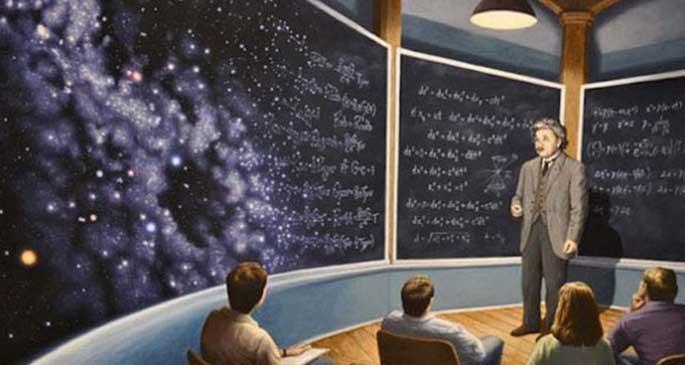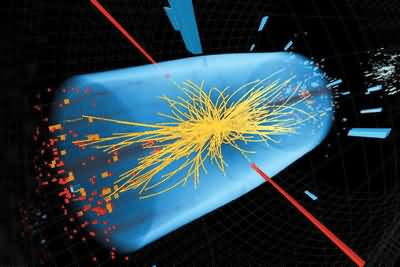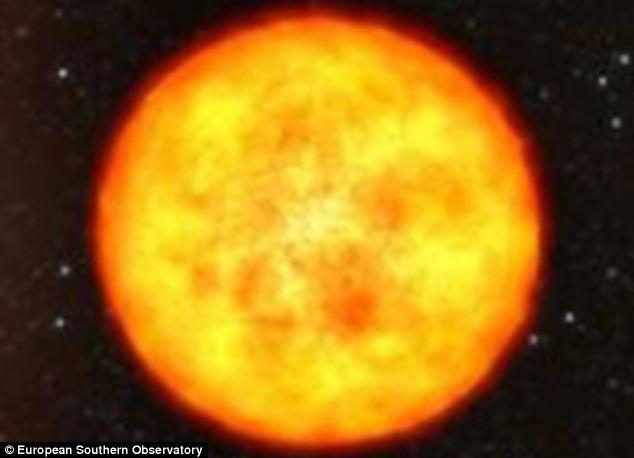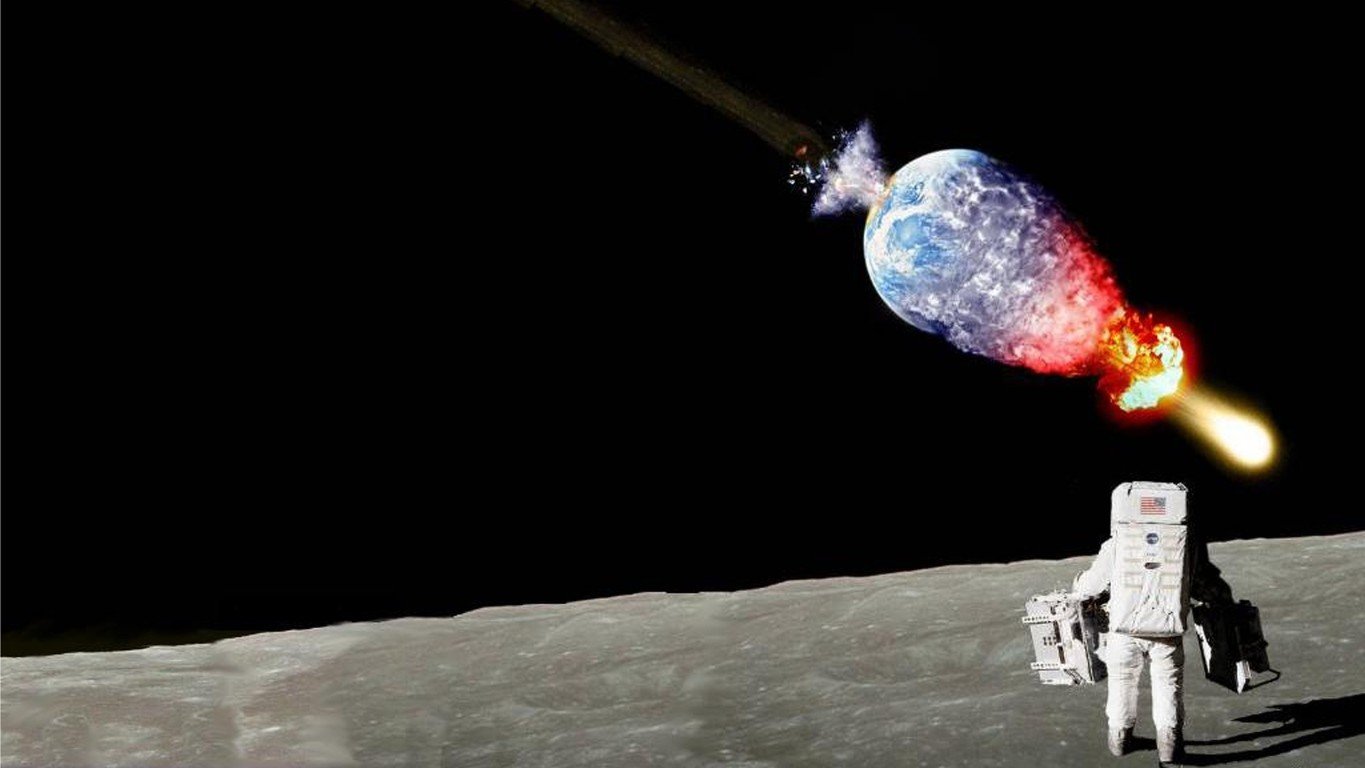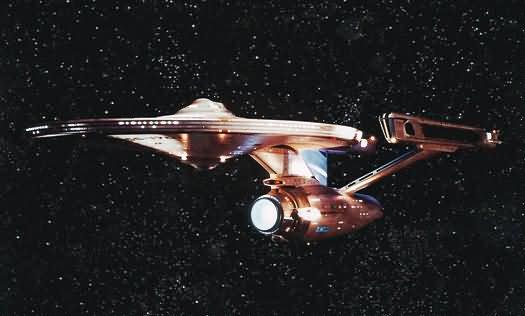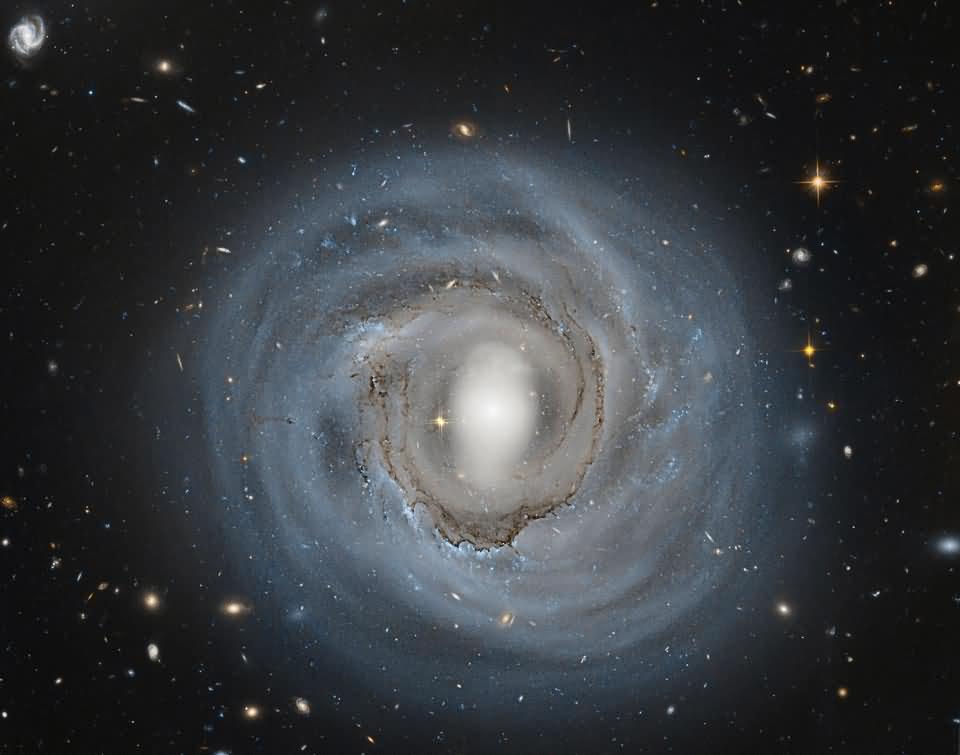A Forgotten Model of the Universe
Einstein-De Sitter Model

An example illustration from Einstein's paper on the universe model, which first expands and then shrinks.
An article published in EPJ H (European Bulletin of Physics H) was the first English translation and analysis of Albert Einstein's article "On the cosmological problem of the general theory of relativity." This article, published in 1931, contradicts Einstein's earlier static model of the universe. In this cosmological model, the universe begins to expand again after a period of contraction, a model known as the Einstein-de Sitter model. This interpretation also contradicts Einstein's 1932 model of a uniformly expanding universe.
After Isaac Newton developed his law of gravitation, the stability of the universe began to be debated. Because if all matter exerted gravity on each other, the universe should eventually collapse in on itself due to this gravity. Later, in 1912, astronomer Vesto Slipher, with a discovery called redshift, claimed that the universe was expanding. Einstein was so committed to a static model of the universe that in 1917, he added a value of "0" to his theory of general relativity, the cosmological constant, maintaining a static model within his own theory. With this value, gravity could be balanced, and even objects could overcome gravity and move away from each other at great distances. But this only lasted so long. After the discovery of the famous cosmic microwave background radiation, Einstein also accepted the universe's expansion, calling this his greatest mistake. Later, with this model, he proposed a universe that first expands and then contracts. A year later, he presented the final version of his general relativity model, in which the universe expands.
In this published paper, the authors discussed Einstein's view of the warping of space and time caused by the expansion, while also noting that Einstein's calculations contained errors, such as errors in the radius and density of the current universe.

